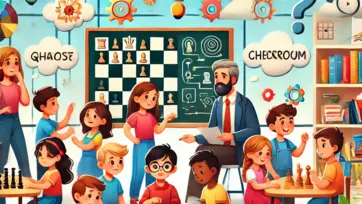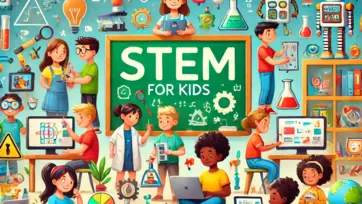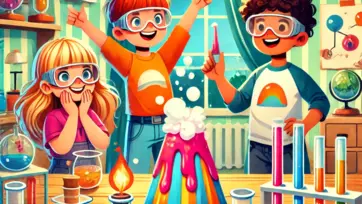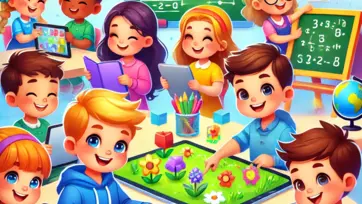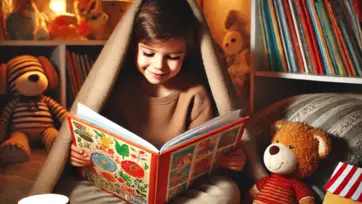Helping children develop a love for reading can open doors to creativity, critical thinking, and lifelong learning. By making reading an enjoyable and engaging activity, parents and educators can nurture a child's curiosity and imagination. Here are some effective ways to encourage a love for reading in children.
1. Create a Reading-Friendly Environment
A comfortable and inviting reading space encourages children to pick up books and explore stories.
Tips for a Reading-Friendly Space:
- Designate a cozy reading nook with soft cushions and good lighting.
- Keep bookshelves at a child’s height for easy access.
- Display a variety of books to pique their interest.
2. Let Children Choose Their Books
Giving children the freedom to select their books makes reading more enjoyable and personal.
How to Encourage Choice:
- Visit libraries and bookstores together.
- Offer books on topics they love (animals, fantasy, space, etc.).
- Allow them to explore picture books, comics, and audiobooks.
3. Make Reading a Daily Habit
Consistency is key in developing reading as a natural and enjoyable part of daily life.
Ways to Incorporate Reading Daily:
- Set aside at least 15-30 minutes each day for reading.
- Read together as a bedtime routine.
- Carry books while traveling or waiting at appointments.
4. Read Aloud and Use Expressive Voices
Reading aloud helps children develop listening skills and fosters an emotional connection to books.
How to Make Read-Aloud Sessions Fun:
- Use different voices for characters.
- Ask open-ended questions to spark discussions.
- Let kids predict what happens next in the story.
5. Engage in Storytelling and Creative Activities
Storytelling helps enhance comprehension and creativity in children.
Fun Storytelling Ideas:
- Encourage kids to retell a story in their own words.
- Create DIY books with drawings and short stories.
- Act out scenes from their favorite books.
6. Lead by Example
Children imitate what they see. When they see adults enjoying books, they are more likely to follow.
How to Model a Love for Reading:
- Read in front of your child regularly.
- Discuss books you’re reading and share excitement.
- Visit libraries and book fairs as a family.
7. Use Technology to Enhance Reading
Digital tools can make reading interactive and engaging for tech-savvy kids.
Recommended Digital Resources:
- Audiobooks for listening to stories during car rides.
- E-books with animated and interactive features.
- Educational reading apps like Epic! and Reading Eggs.
8. Connect Reading to Real Life
Showing children the real-world benefits of reading makes it more meaningful.
How to Relate Reading to Everyday Life:
- Read recipes together while cooking.
- Look up fun facts in books when exploring new interests.
- Encourage reading instructions for board games and DIY projects.
9. Encourage Book Discussions
Talking about books deepens comprehension and makes reading a shared experience.
How to Discuss Books with Kids:
- Ask about their favorite part of the story.
- Discuss characters and their motivations.
- Encourage them to relate stories to their own experiences.
10. Celebrate Reading Achievements
Recognizing progress keeps children motivated to continue reading.
Ways to Celebrate Reading Milestones:
- Create a reading chart with stickers for each book read.
- Organize a book-themed party or a family story night.
- Reward them with a new book as a special treat.
Conclusion
Fostering a love for reading in children is a rewarding journey that requires patience, creativity, and consistency. By making books accessible, creating engaging reading experiences, and modeling enthusiasm, parents and educators can help children develop a lifelong passion for reading. With the right encouragement, kids will see books as a source of adventure, knowledge, and endless possibilities.

